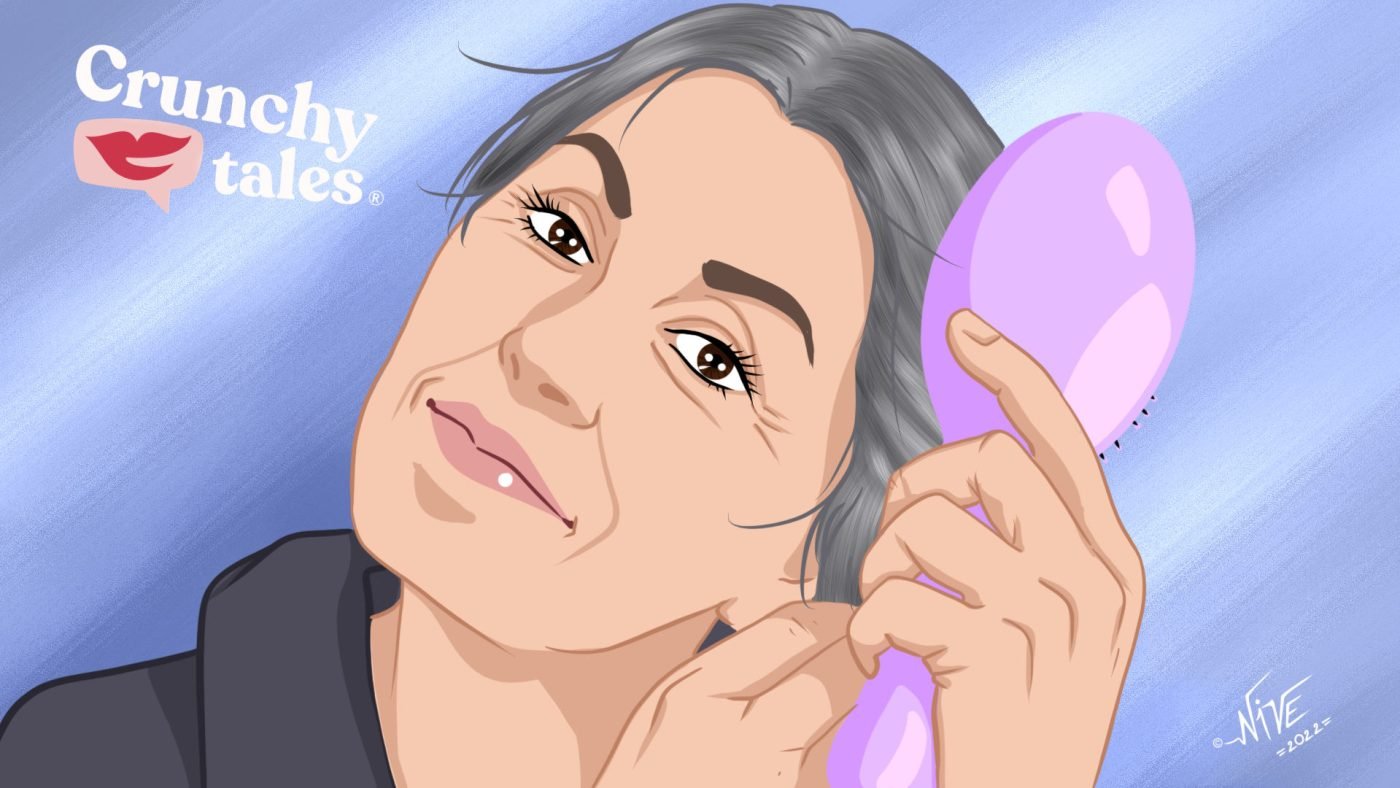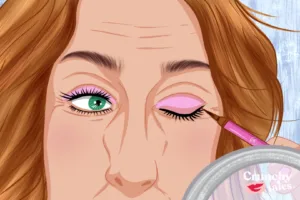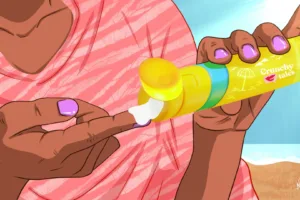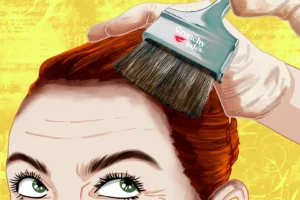After Summer Hair Care: 5 Tricks To Reinvigorate Ageing Strands
Your hair can suffer from stress, too. Ageing, medications and hormonal imbalances can also alter its texture. However, it’s especially after Summer that many midlife women start to notice dryness, brittleness, discolouration, frizz, split ends, or thinning.
That’s because having been exposed to UV rays, heat, sweat, humidity, chlorine, or salt water, our strands have been damaged at their core. Responding appropriately to these changes can keep your hair looking healthy.
Here are some ways you can protect your strands.
Think holistically
As we age, our hair cuticles become less resilient to stress. To combat this effect after summer, we have to get into a hair care routine which incorporates moisture-rich products and new healthy hair habits.
According to experts at Wella Professionals, it’s important to think holistically: caring for the scalp, protecting strands, and ensuring proper dietary nutrition. Don’t expect any overnight miracles, though. Hair in midlife requires more time to recover – at least a month – and some extra nourishment, especially if it has been bleached, dyed, or chemically processed.
A good rule of thumb is to go natural where possible. Maybe this is the right time to embrace grey or at least press pause on your colouring process for a few months, as well as keep heat styling to a minimum, and let your hair breathe. This will save your fibres from any added stress and damage.
Put heat styling on hold
Blow dryers, flat and curling irons have the unfortunate effect of lifting and often damaging our hair cuticles (its protective outer layer). To restore your hair, it’s worth considering reducing the use of heat styling tools and protecting your strands before styling.
“After summer, my best advice is to treat your hair with similar care to your most beloved cashmere sweater – says trichologist Anabel Kingsley-. Don’t overbrush your strands or overheat them. I suggest keeping your use of straighteners to a minimum, and that you use a low heat setting when you blow-dry. To strengthen your strands and improve their elasticity, use a deep conditioning treatment once to twice a week“.
If your hair is really looking unhealthy, it may be because it needs a snip: get rid of split ends or refresh your style. Why don’t you consider the trendy shag haircut, too? It is a textured and choppy cut that’s layered to various lengths loved by celebrities such as Jane Fonda, Joan Jett, and Jennifer Aniston. A surefire way to add volume, too.
Upgrade your haircare routine
The goal here is to replenish your hair’s lost lipids and seal the cuticle so the moisture doesn’t escape again. Swapping products as the season changes is a must for women over 50: top options include ultra-hydrating, sulfate-free shampoos and conditioners every 2-3 days, as well as targeted masks a few times per week. They can help moisturize your fibres from the inside out by restoring their natural oil levels which may have been lost after summer.
If there’s one ingredient you should never use on your hair—no matter your age—it’s sulfates. Sulfates are cleansing agents that are commonly found in shampoos; however, they can strip dyed hair of its colour, and cause more frizziness, dryness, and yellowing of grey hair.
If your locks are severely damaged, then consider protein treatments to replenish the keratin levels in your hair shafts and fill in gaps in the cuticle while strengthening and smoothing strands.
Keep it nourished
Oils really are a post-summer saviour and can help restore shine and softness. They are like liquid gold for hair, and if you opt for a leave-in treatment, they will work all day to help you transform dry and unruly strands into tamed, sleek and glorious ones. The trick is not to overuse them so that your hair doesn’t appear greasy.
Get the right nutrients in your diet
Great hair at any age starts by treating it from the inside out. A balanced diet and/or dietary supplements can help supply the necessary building blocks, essential vitamins, minerals, and energy for healthy hair. Foods rich in iron, zinc, vitamin C, B vitamins, and omega-3 are associated which stronger and longer hair. So think about supplementing your meals with walnuts, salmon, chia, flax seeds, and avocado: all excellent sources of biotin, too.
If this rescue plan doesn’t work, ask a hair professional for personalized advice regarding the products you are currently using and the needs of your hair.
Like this post? Support Us or Sign up to our newsletter to get more articles like this delivered straight to your inbox!





